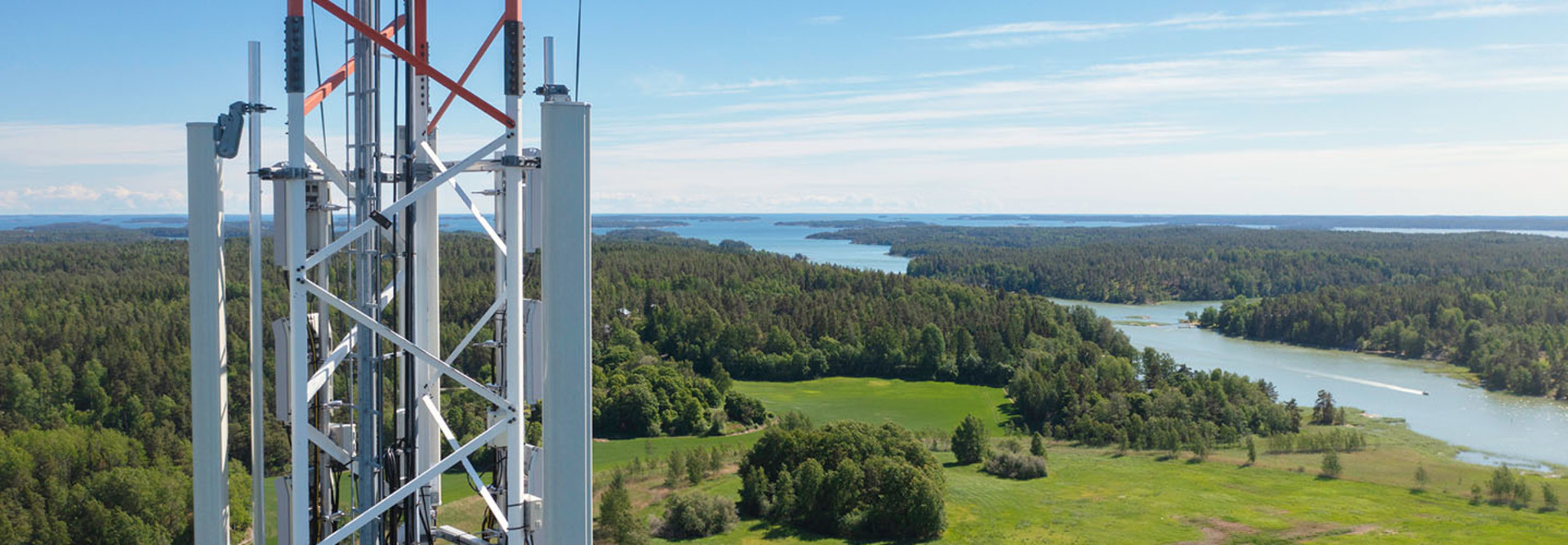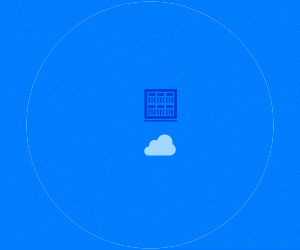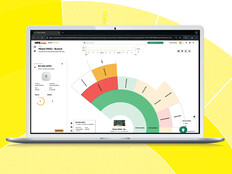What’s Delaying 5G?
Government computing and cybersecurity leaders understandably have concerns when it comes to securing the 5G supply chain. Given the extensive hardware and software upgrades required, it’s essential to ensure that any companies and suppliers tied to foreign adversaries aren’t providing components that would compromise sensitive data or the networks themselves.
Those concerns drive the push to manufacture more 5G components on U.S. or our allies’ soil. Given how few domestic manufacturers there are to choose from, that transition is taking some time.
Agencies must also determine network requirements based on how many of their employees work in the office versus in the field. For example, U.S. Courts staff generally work inside courthouses, but a Department of Agriculture employee might connect from a tractor or a slaughterhouse. Similarly, the FBI and Drug Enforcement Agency employ many field officers, and they must design their networks to meet those needs while also supporting the taxpayer.
How Agencies Can Improve Productivity Today
Still, agencies continue to take the right steps toward a 5G future. Many purchase laptops with 5G capabilities today — even though they cost more — under the idea that those costs are marginal compared with the productivity gains agencies will realize when their 5G networks are finally up and running.
DISCOVER: The State Department developed 5G countermeasures for diplomats abroad.
Consider the hits to efficiency your devices suffer when connecting in an airport lounge, in the back of an Uber or in a coffee shop. Those networks also provide less security than that offered by 5G networks.
If fieldworkers predominately access one or several applications, agencies can ensure that these are hosted in environments that promote productivity while everyone waits for 5G. That doesn’t necessarily mean a cloud environment is a better solution, but the cloud would ease access from the field.
CDW’s recent acquisition of Enquizit allows us to use tools to evaluate an agency’s legacy apps and determine what should be placed in a cloudlike environment. Colocation facilities provide that experience without having to jump into a true public cloud or invest in data center construction. Agencies can pay for cage space for a few years at a data center while they prepare for eventual network uplifts or modernization to support 5G.











